The Future of Farming and Food
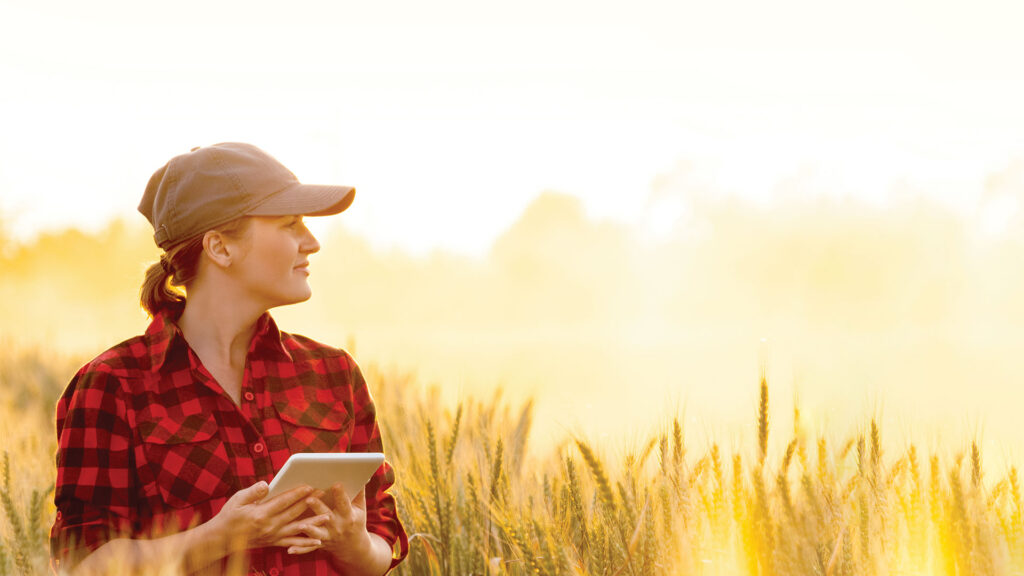
Outsiders often think of agriculture as a low-tech and primitive industry. To some, the world of farming still resembles the iconic imagery of 1930’s American Gothic: weathered-looking people with pitchforks turning over bales of hay on their dusty old farms. But as ag insiders know, that notion couldn’t be further from the truth. In reality, Big Ag sits up there with Big Tech as one of the most technologically advanced and innovative industries on earth.
Meet John Danford
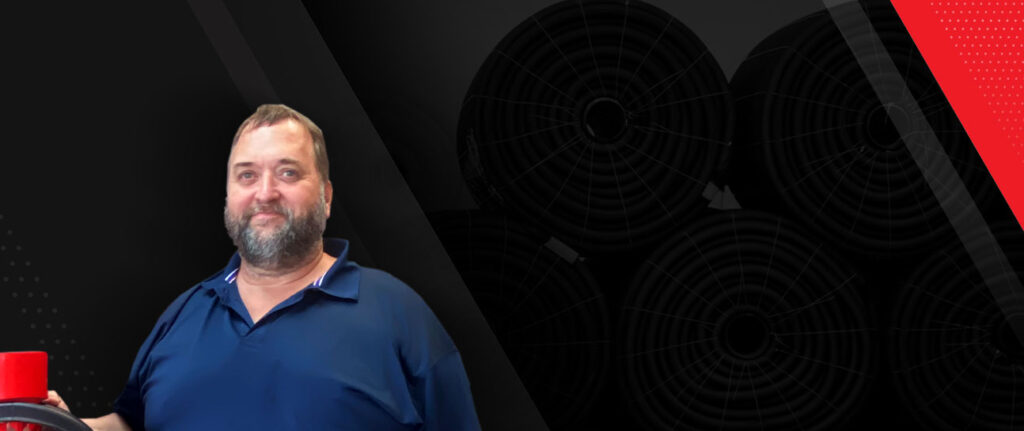
A lot can happen in 24 years —that’s enough time for a newborn to grow into adulthood, for technology to progress leaps and bounds or for an entire world order to be shaken up by changing norms and circumstances. In John Danford’s case, 24 years is more than enough time to become a respected and valuable member of the ever-growing Fratco family.
Cultivating the Next Generation of Farmers
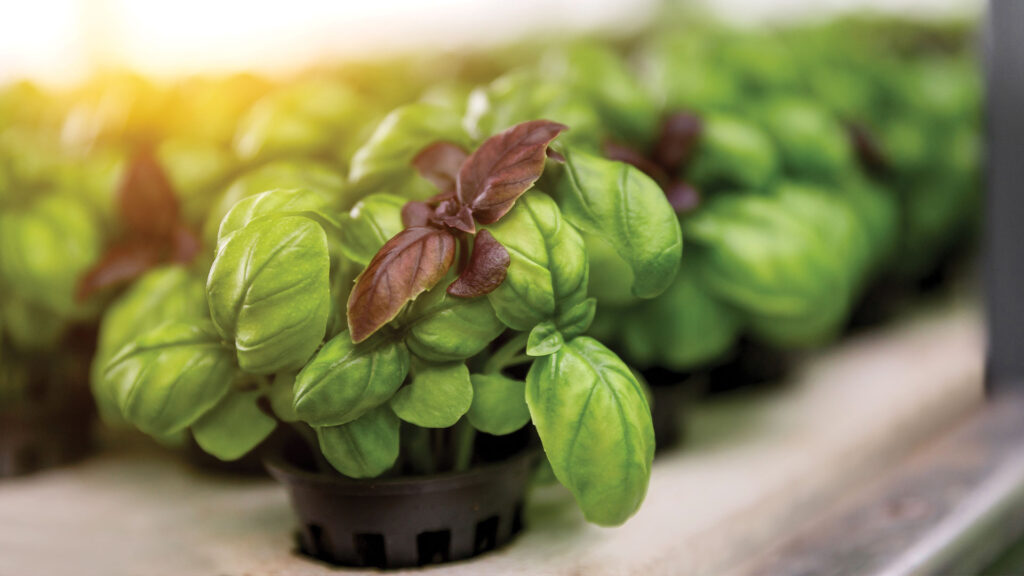
Seasons come and go as crops are sown, grown and harvested by farmers who feed the world. And just like every harvest must be carefully nurtured, the same is true for each generation of farmers. So what will the next “crop” of agricultural professionals be like? What unique additions will they bring to the never-ending, ever-changing world of food production? How will they be similar to past generations of farmers, and how will they be different? Tried & True was eager to find out.
Focused Energy in the Field
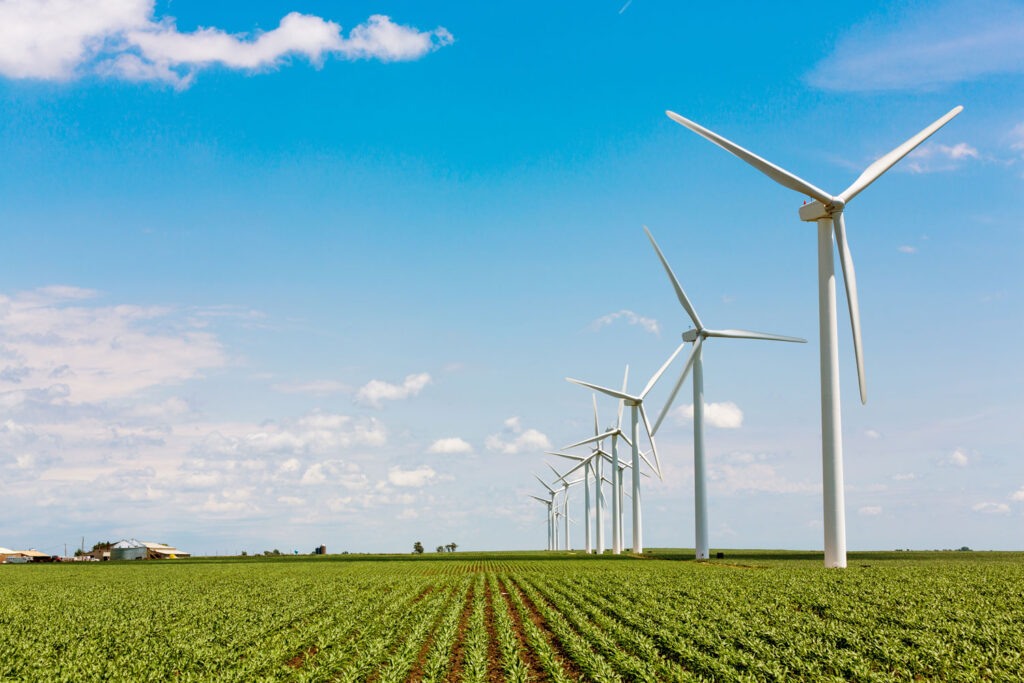
The cost to power businesses is constantly shifting. No matter the industry, efficient operations minimize rising energy costs. That’s why cost-effective alternatives are becoming more of the norm to conserve and invest in renewable energy, and farming is no exception.
Guess Who’s Coming to Dinner?
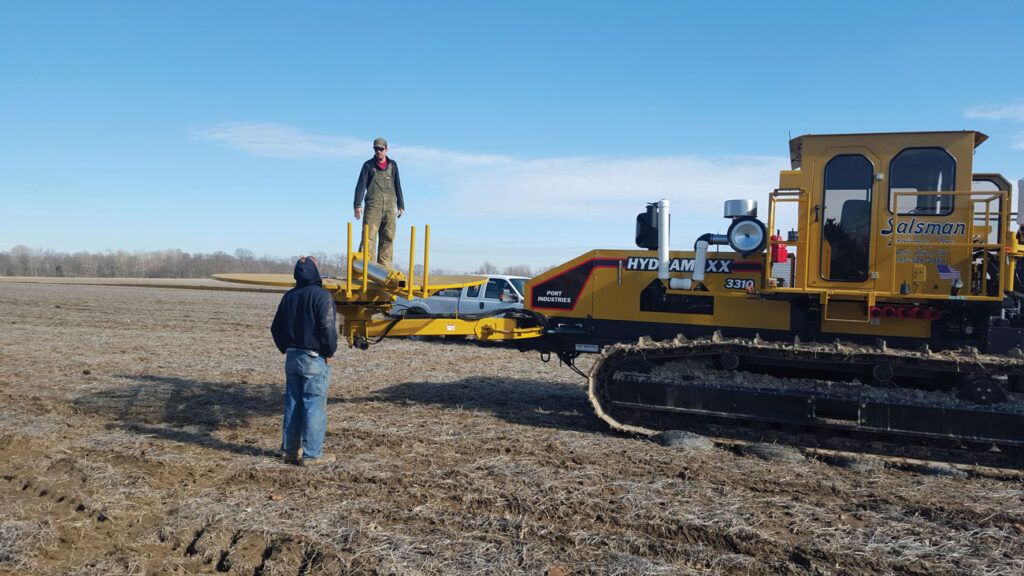
In 1821, Putnam County, Indiana, was formed. Located west of Indianapolis, the county was named after General Israel Putnam, who served during the Revolutionary War. It’s an area in rich with industry, agriculture and includes the community of Belle Union. It’s also where Devin Salsman, owner and operator of Salsman Drainage, Inc., calls home.
Price Fluctuations
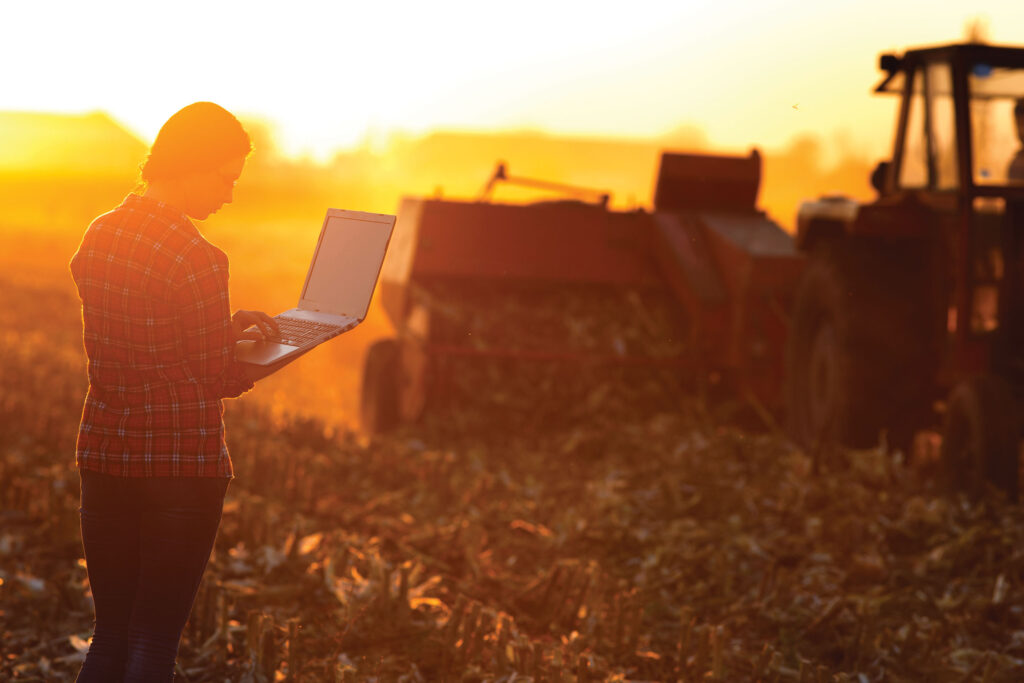
These days, everyone is taking a closer look at product prices. From the gas station to the grocery store, consumer cost awareness is higher than ever. That’s why Fratco has gathered tips and advice from our internal teams to help you field client concerns and questions while assuring your customers we’ll continue to produce nothing but the best pipe in the business.
Bee Friendly
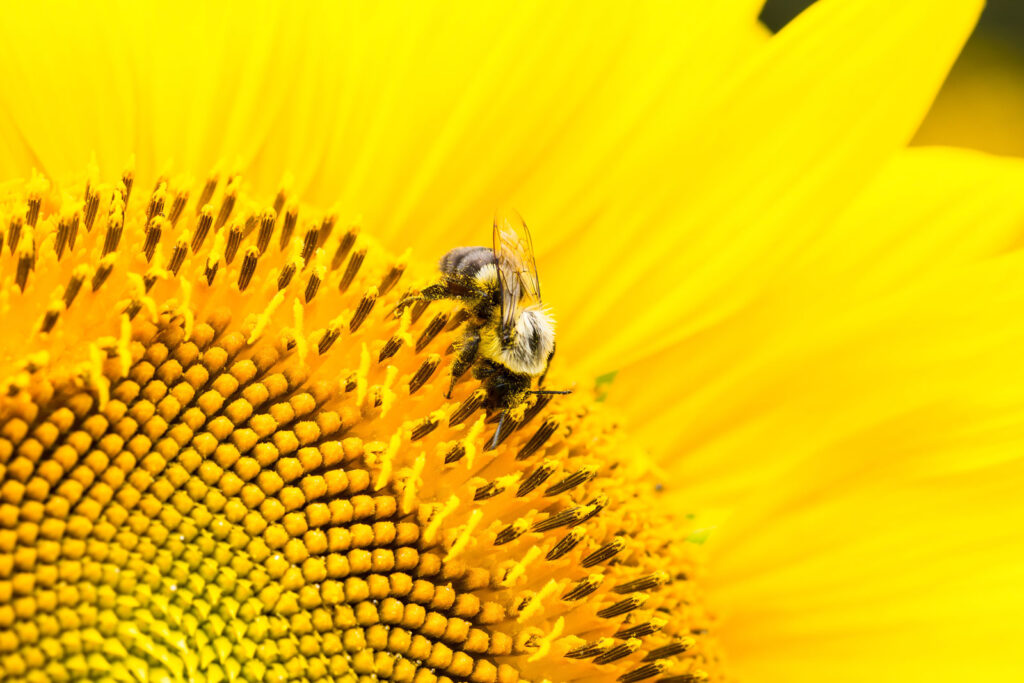
Bees are essential. They pollinate plants that feed the world and help maintain a balance between other species and the environment. By carrying pollen from one plant to another, other pollinators like butterflies, birds and bats also contribute to food production. However, with the population of bees declining by 30% each year, researchers have battled to understand why.
Meet Jade Crum
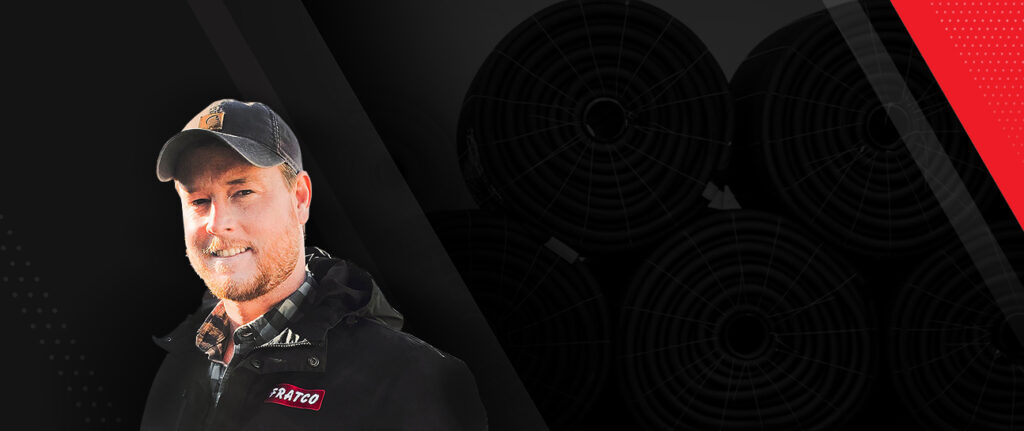
Meeting with customers, attending trade shows and working conventions have kept Jade Crum busy. With only a few months under his belt, Crum is acclimating to his new Fratco sales position by jumping in at full speed: an immersive way to introduce oneself to the four generation-strong company’s top-tier placement in the pipe industry.
iFarm
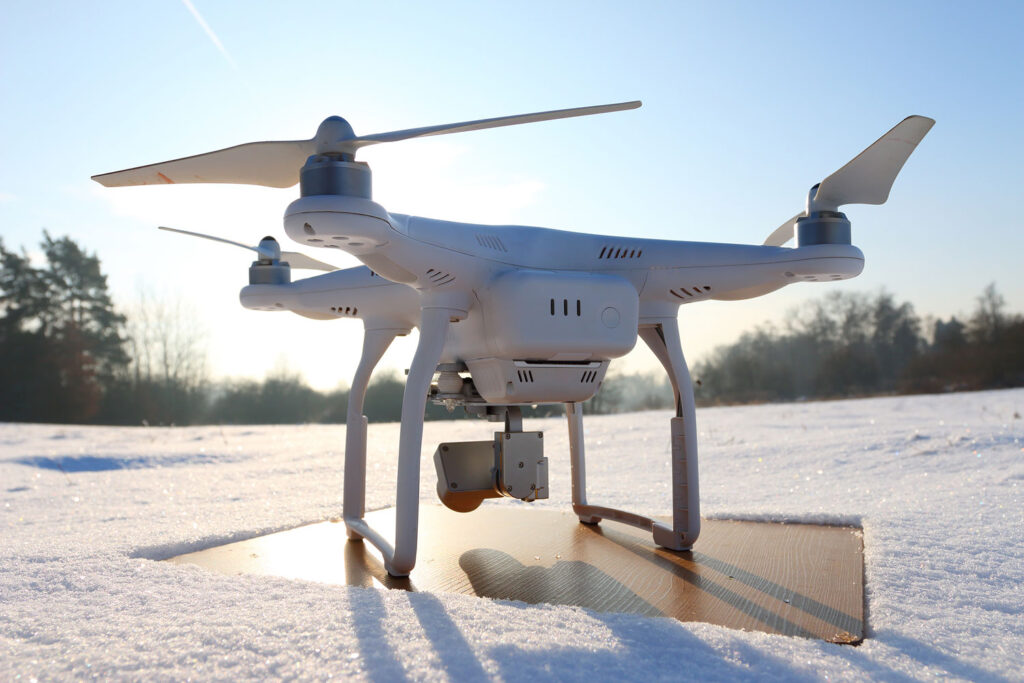
Farmers blasting weeds with pinpoint lasers? Precision planting drones? Farmhands running on solar power rather than morning joe? These aren’t futuristic Star Trek episodes but rather today’s ag-tech breakthroughs. After years of anticipation, robotics is taking a major leap into the ag workforce: making a critical difference for farmers and helping feed the planet.
The Art of Listening
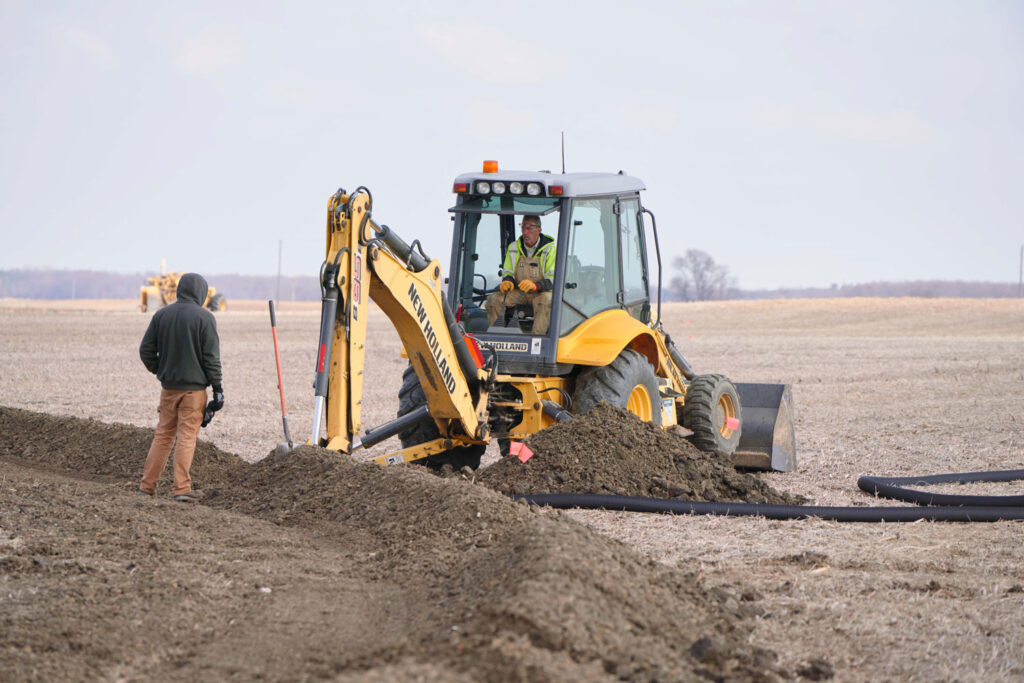
For new farmers looking to invest in land, the task can feel daunting. Pressures abound, like finding the perfect plot, the purchase price, competing with those who have deeper pockets in a volatile market, There are a million ways to invest in the family farm, whether it’s technology, machinery, or staff. But there’s one way that doesn’t cost a dime, and pays out dividends for years to come: listening. It’s an art that most people haven’t mastered, yet is essential for a healthy farm and family.





